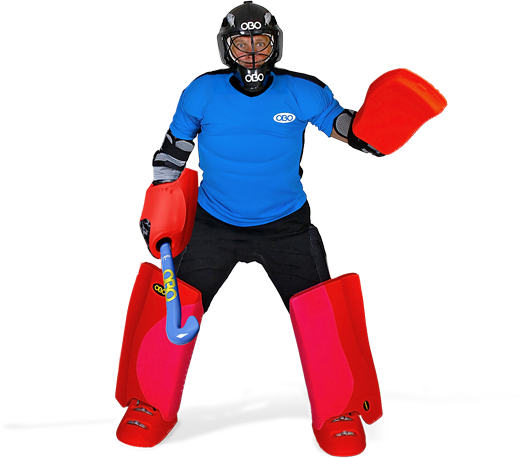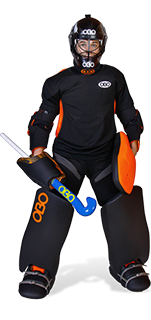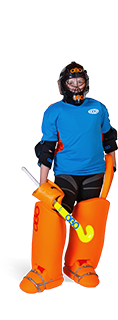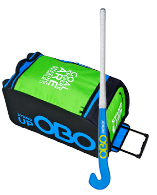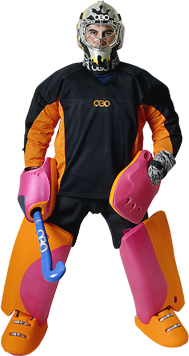KEEPERS RESOURCES

Should I change my technique?
 Question:
Question:
I have played hockey for nine years and have played international hockey up to under 21 level. At a short corner I position myself at the usual 3 paces out from the goal line and kneel down on my right knee. This technique works brilliantly for all levels of short corner hitting I have played against. At senior club level most flicked short corners are of a mediocre standard and my current technique suffices. However, at a higher level I am concerned that my position will not allow me the time to react to a good, high and powerful flick. Should I change my technique or work on my current one until it is successful for me.
Answer:
I’m not a big proponent of the technique where you go down on one knee as a set up to logging. As you’ve noticed, the technique is good on hit shots, but drag flicks present a big problem. Your weight is committed to the knee and you’re basically rooted. You can stay with this technique and try making an adjustment to keeping your weight more on your left foot as opposed to your right knee, but with a good drag flick to the upper corners, even that will find you lacking. At the level you’re playing at, I’d suggest more of a stance where you’re in a lean, to get down.
The following is a summary of the technique. You’re starting in a position on the corner where you are square to the stick stopper and shooter as opposed to being square to the pusher outer. On the push out you’re looking to get out three to four yards. On the stop, you are set with your feet about a yard apart, your right foot is inside your right shoulder and your left foot is about eighteen inches to two feet outside your left shoulder with your knees slightly bent. These distances will vary depending on your height. The big thing is, you’re leaning to your right as you face out from the goal. To get down on a hit shot, you collapse your right. This allows you to drop down on to your side to log. To make yourself as big as possible, you straighten out your right leg and drop down on your hip. On balls that are struck to your far right, you can push off with your left foot to fully extend. When you’re down, you’re trying to do the same things as when you log out from being on a knee. You want your legs straight out, you want your hips and shoulders perpendicular to the ground or slightly forward so when the ball strikes you, it doesn’t deflect back and up in to the goal. You want to watch the ball all the way on to your body.
The strength of this stance is the flexibility it allows you on drag flicks or variations. On drag flicks, you can easily get yourself in to a balanced position by just getting your right foot outside your shoulder so that you can cover the upper corners of the goal. With that one adjustment, you’re basically back in to a set position for the shot. The same principle allows you to easily change your positioning with the changes of angle that come with variations on corners.
Like any change, it will take a while to get comfortable. You’ll need to work on footwork and getting down from a slightly higher position, but as you get more comfortable, I think you’ll find that you can cover struck shots just as well and will have more success with good drag flicks.
Comments
Leave Your Comments Below















